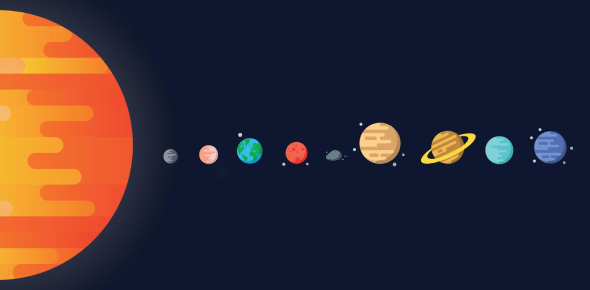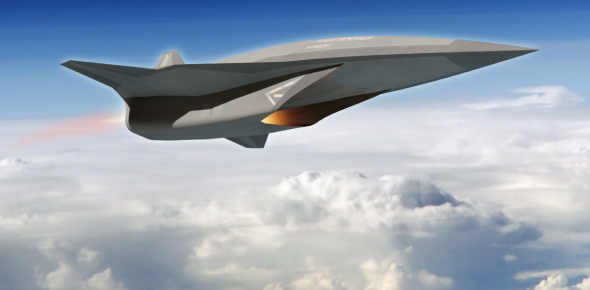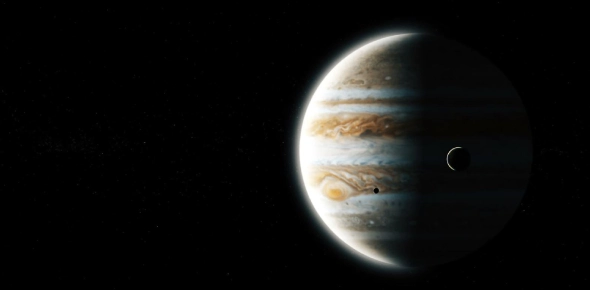Basic Science Quiz For Beginners

Are you ready to take this basic science quiz for beginners? This quiz is designed for you and anyone else who wants to test their knowledge about basic science facts. To ace this quiz, you may need to know facts and trivia about planets, the universe, scientific equipment, etc. Give this quiz a try, and remember to continue revising if you make errors.
Basic Science For Beginners Questions and Answers
- 1.
Which of these is a star?
- A.
The Moon
- B.
The Sun
- C.
The Ocean
- D.
Jupiter
Correct Answer
B. The SunExplanation
The Sun is a star because it is a massive glowing ball of gas that produces its own light and heat through nuclear fusion. It is located at the center of our solar system and is responsible for providing energy and warmth to Earth. The Earth’s moon is not a star, as it does not produce its own light but reflects sunlight. The ocean is a body of water, and Jupiter is a planet, neither of which are stars.Rate this question:
-
- 2.
Which of these speeds is the fastest?
- A.
Speed of sound
- B.
Speed of light
- C.
Speed of Earth's rotation
- D.
All are equal
Correct Answer
B. Speed of lightExplanation
The speed of light is the fastest at approximately 299,792,458 meters per second, while the speed of sound in air is much slower at around 343 meters per second. The speed of Earth's rotation at the equator is even slower, about 1670 kilometers per hour.Rate this question:
-
- 3.
What group of stars is the sun classified in?
- A.
Supernova
- B.
Hypernova
- C.
Yellow Dwarf
- D.
Red Supergiant
Correct Answer
C. Yellow DwarfExplanation
The sun is classified as a yellow dwarf. Yellow dwarf stars are main-sequence stars in a stable phase of their lifecycle. They normally fuse hydrogen into helium in their cores to generate massive amounts of energy and light. A red supergiant is a type of star that has exhausted its hydrogen; our sun has not exhausted its hydrogen. A supernova and hypernova are types of explosions that destroy stars.Rate this question:
-
- 4.
Choose all the planets that are gas giants: (select all that apply)
- A.
Uranus
- B.
Neptune
- C.
Mars
- D.
Jupiter
- E.
Venus
- F.
Saturn
Correct Answer(s)
D. Jupiter
F. SaturnExplanation
Jupiter and Saturn are the two gas giant planets in our solar system. They are primarily composed of hydrogen and helium and do not have a solid surface. Uranus and Neptune, while still massive planets, are classified as ice giants due to their composition of heavier volatile substances, including water, ammonia, and methane, in addition to hydrogen and helium. These elements make up a significant portion of their mass and contribute to their distinct atmospheric characteristics.Rate this question:
-
- 5.
Which scientist used one of the first telescopes to observe planets and stars?
- A.
Isaac Newton
- B.
Galileo Gallelli
- C.
James Watt
- D.
Roger Bacon
Correct Answer
B. Galileo GallelliExplanation
Galileo Galilei was an Italian astronomer and physicist who made significant contributions to the field of astronomy. He constructed his own telescope in 1609, which allowed him to make groundbreaking observations of celestial bodies and further our understanding of the universe. His findings revolutionized astronomy and laid the foundation for future scientific discoveries. Galileo was one of the scientists who proved the earth revolved around the sun.Rate this question:
-
- 6.
Animals that only consume other animals are called
- A.
Omnivores
- B.
Herbivores
- C.
Carnivores
- D.
None of these
Correct Answer
C. CarnivoresExplanation
Carnivores are animals that only consume other animals for their diet. They are typically at the top of the food chain as secondary consumers. Carnivores often have specialized adaptations, such as sharp teeth and claws, to hunt and kill their prey. Unlike herbivores, which only consume plants, and omnivores, which consume both plants and animals, carnivores rely solely on animal meat for their nutritional needsRate this question:
-
- 7.
Which planet is the largest planet in our solar system?
- A.
Mars
- B.
Neptune
- C.
Jupiter
- D.
Earth
Correct Answer
C. JupiterExplanation
Jupiter is the largest planet in our solar system. It has a diameter of about 143,000 kilometers, making it more than 11 times the diameter of Earth. Jupiter's massive size is due to its high concentration of gasses, primarily hydrogen and helium. Its immense gravity also contributes to its size, allowing it to gather and hold onto a large amount of gas and other materials. Additionally, Jupiter has a strong magnetic field and numerous moons, further showcasing its dominance in our solar system.Rate this question:
-
- 8.
Fire can not burn without
- A.
Carbon
- B.
Oxygen
- C.
Nitrogen
- D.
None of these
Correct Answer
B. OxygenExplanation
Fire cannot burn without oxygen because oxygen is necessary for the process of combustion. When a fire burns, it undergoes a chemical reaction called oxidation, in which the fuel combines with oxygen to release heat and light. Without oxygen, there is no source of matter to react with the fuel, and therefore, the fire cannot sustain itself. Carbon usually reacts with oxygen in a combustion reaction but does not undergo that reaction if oxygen is not present.Rate this question:
-
- 9.
How many bones does an adult human usually have?
- A.
200
- B.
206
- C.
221
- D.
242
Correct Answer
B. 206Explanation
An adult human usually has 206 bones. Children actually have more than 206 bones, but some of their bones fuse together as they grow and become adults.Rate this question:
-
- 10.
Approximately how much time does light take to travel from Sun to Earth?
- A.
20 minutes
- B.
1 hour
- C.
8 minutes and 20 seconds
- D.
3 days
Correct Answer
C. 8 minutes and 20 secondsExplanation
Light takes approximately 8 minutes and 20 seconds to travel from the Sun to Earth. This is because light travels at a speed of about 299,792,458 kilometers per second, and the average distance between the Sun and Earth is about 149.6 million kilometers. By dividing the distance by the speed, we can calculate that it takes light roughly 500 seconds, or 8 minutes and 20 seconds, to reach Earth from the Sun.Rate this question:
-
Quiz Review Timeline +
Our quizzes are rigorously reviewed, monitored and continuously updated by our expert board to maintain accuracy, relevance, and timeliness.
-
Current Version
-
Apr 22, 2024Quiz Edited by
ProProfs Editorial Team
Expert Reviewed by
Daniel P -
May 11, 2012Quiz Created by
Saumik
- Aeronautics Quizzes
- Aerospace Quizzes
- Agricultural Science Quizzes
- Astrology Quizzes
- Astronomy Quizzes
- Atom Quizzes
- Biochemistry Quizzes
- Biology Quizzes
- Biomechanics Quizzes
- Biostatistics Quizzes
- Biotechnology Quizzes
- Botany Quizzes
- Branches Of Science Quizzes
- Chemistry Quizzes
- Cytology Quizzes
- Easy Science Quizzes
- Ecology Quizzes
- Electrical Quizzes
- Embryology Quizzes
- Endocrinology Quizzes
- Engineering Quizzes
- Environmental Science Quizzes
- Epidemiology Quizzes
- Experiment Quizzes
- Forestry Quizzes
- Fossil Quizzes
- Gas Quizzes
- General Science Quizzes
- Genetics Quizzes
- Histology Quizzes
- Human Biology Quizzes
- Integrated Science Quizzes
- Invention Quizzes
- Library Science Quizzes
- Lighting Quizzes
- Liquid Quizzes
- Marine Biology Quizzes
- Microbiology Quizzes
- Molecular Biology Quizzes
- Nature Quizzes
- Neuroscience Quizzes
- Nuclear Science Quizzes
- Oceanography Quizzes
- Physics Quizzes
- Psychology Quizzes
- Science And Technology Quizzes
- Science Glossary Quizzes
- Science Knowledge Quizzes
- Science Practice Quizzes
- Scientific Method Quizzes
- Scientific Notation Quizzes
- Soil Science Quizzes
- Solar System Quizzes
- Solid Quizzes
- Zoology Quizzes
 Back to top
Back to top





(4).jpg)
.jpg)
(3).jpg)


.jpg)

(309).jpg)